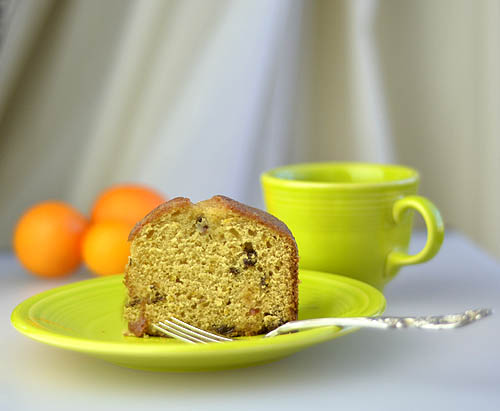Macadamia Shortbread Biscotti
Source: Maida Heatter's Brand-New Book of Great Cookies (Random House, 1995 ed.), pg. 40.
It has been a year since I made my first and so far only biscotti recipe (Barbara's Milk Chocolate Biscotti). We had some friends over last night for dinner and games. I had a ton of desserts that I've been working on the past week and had the biscotti on a tray with the pfeffernusse and peanut brittle. The biscotti got the most raves. This one will definitely be a repeater.
I had started to make this a few mornings ago and was in the process of mixing the ingredients when the power went out. It came back in 5 minutes only to go off again a few minutes later. Fortunately the outage was brief and by the time I was ready to bake, it didn't happen again.
4 oz. (1 stick) unsalted butter (softened)
1 tsp. vanilla extract
1/2 tsp. almond extract or 1/4 tsp. bitter almond extract
1/4 tsp. salt
1/2 cup granulated sugar
1 large egg
1 1/4 cups sifted unbleached flour
7 1/2 oz. (about 1 1/2 cups) roasted and lightly salted whole macadamia nuts (Mauna Loa is a good brand, already salted and roasted)
Ajust the oven rack 1/3 or 1/4 down from the top (if you use a lower rack, the biscotti may become too dark). Preheat to 350. Line a flat cooking sheet with parchment paper or aluminum foil.
 |
| Beat the butter. |
 |
| Add the vanilla. |
 |
| Add the almond extract. |
 |
| Add the salt. |
 |
| Add the sugar. Mix well. |
 |
| Beat in the egg. |
 |
| On low speed, add the flour, beating only until incorporated. |
 |
| Remove the bowl from the mixer stand and stir in the nuts with a wooden spoon. |
 |
| Divide the dough in half and form two loafs by placing heaping tablespoons of the dough in a strip about 9 inches long on a piece of plastic wrap about 15 inches long. |
 |
| Remove from the oven and reduce the oven temperature to 300. The baked loaves are fragile. Carefully slide them from the sheet to a cutting board. |
 |
| Allow the loaves to sit for 5 minutes, then take a sharp knife and slice them crosswise on a slight angle, 3/4 to 1 inch wide. |
 |
| Cool on a brown paper bag or paper towels. Handle carefully (some of the nuts may fall out) and store in an airtight container. |







































